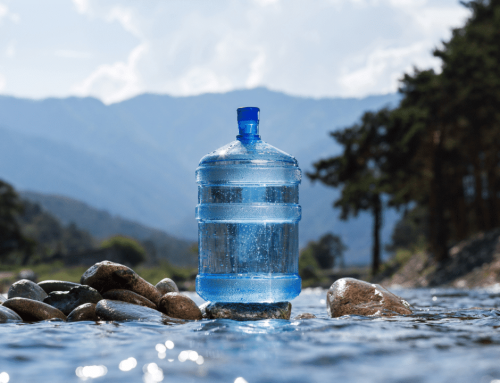According to the new World Bank report, the drinking water in Tajikistan has low palatability and high levels of coliform bacteria. While 57% of urban households have access to safely managed water, only 31% of rural households have access to water that is free of faecal contamination, and polluted irrigation water often substitutes for potable water in village households.
While sanitation in Tajikistan has improved somewhat over the past decade, the country still has some of the poorest conditions in Central Asia. Around 60% of urban areas have access to flush toilets connected to a sewer system, but only a scant 1.7% in rural areas do. The capital Dushanbe accounts for more than four-fifths of all sewer connections across the country, and inequalities are more pronounced across regions.
There is a high incidence of waterborne diseases in many communities as well as a high prevalence of childhood undernutrition and stunting in Tajikistan, and the study suggests that childhood stunting is strongly associated with deprivations relating to access to adequate drinking water and hygienic sanitation, food deprivation, and care practices.
Apart from these terrible adverse health impacts on children, Tajikistan households also incur various monetary and non-monetary costs related to their main drinking water supply.
Expenditures on cold water supply make up 5% of the total annual expenditure of those households who report that they pay for water.
Households with piped connections incur lower per unit costs than households that pay for non-piped water services. Households in Tajikistan typically also pay for the water treatment, water transportation and repairs, and spend an average of seventeen minutes per day fetching water from the nearest water source.
USAID is working to build the capacity of local governments to deliver water services to their constituents, working with farmers to better manage irrigation water through the creation of water users associations, and working with families to improve sanitation and hygiene behaviours to slow the spread of water-borne diseases.






